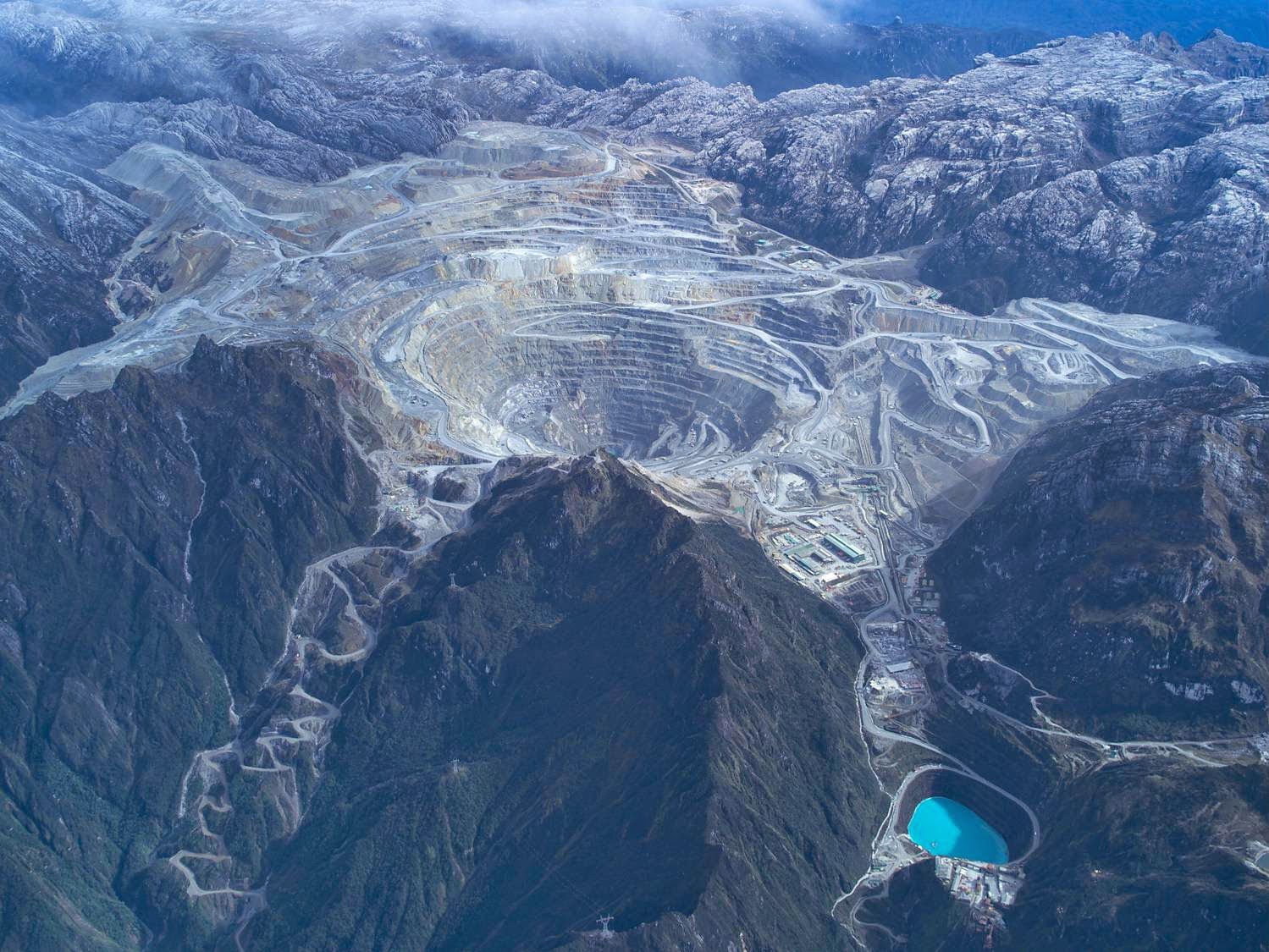Medieval Global Temperature Optimum
The Medieval Global Temperature Optimum is also referred to as the Medieval Warm Period, Medieval Climate Optimum, or Medieval Climatic Anomaly. It was a period of warm climate in the North Atlantic that may have been influenced by several other events happening around the world. This period of higher temperatures lasted from AD 950 to 1250, during the European Middle Ages.
There has been question as to if the Medieval Global Temperature Optimum was actually a global. While Hubert Lamb initially published research in 1965 showing a notably warm climate in many parts of the world, the IPCC Third Assessment Report in 2001 stated that current evidence did not support global synchronous periods of warmth over that time period. Possible causes of this increase of warmth have been higher solar radiation levels than previously recorded and less volcanic activity, and changes in the circulation patterns in the ocean, which bring warm seawater into the North Atlantic. Reconstructions of past weather trends are often region-specific rather than classified globally.
Little Ice Age
The Little Ice Age was a period of time that was cooler than previous recorded temperatures, occurring after the Medieval Global Temperature Optimum. Even though it was not a true ice age, it was considered a long period of colder climate. This cool period lasted from the sixteenth century through the nineteenth, roughly 1350 to 1850, while dates vary slightly depending on the source.
Francois E. Matthes coined the term of the Little Ice Age in 1939. There have been several proposals for the cause of this cooled period on earth, ranging from cyclical lows in solar radiation, heightened volcanic activity, changes in the ocean circulation, an inherent variability in global climate, to decreases in the human population. Pack ice started advancing south in the North Atlantic and glaciers showed the same trends in Greenland during the thirteenth century. Radiocarbon dating of dead plant roots from beneath ice caps was done, showing that ice growth and cold summers began suddenly between AD 1275 and 1300 resulting from Atlantic pack ice beginning to grow in 1250. Other notable dates that stemmed from the climate change included undependable summer temperatures in Northern Europe in 1300, increased rainfall and the Great Famine in 1315, an intensification of cold climate starting between 1430 and 1455, worldwide glacial expansion theorized to have started in 1550, and the first climactic minimum recorded in 1650.
In the thirteenth century Evidence of the Little Ice Age shows an increased number of mountain glaciers across Alaska, New Zealand, and Patagonia, although they appear to have occurred at different periods of time. This research goes back to support the idea that the heating and cooling of the earth is not universally global but dependent on the region during a period of time.










